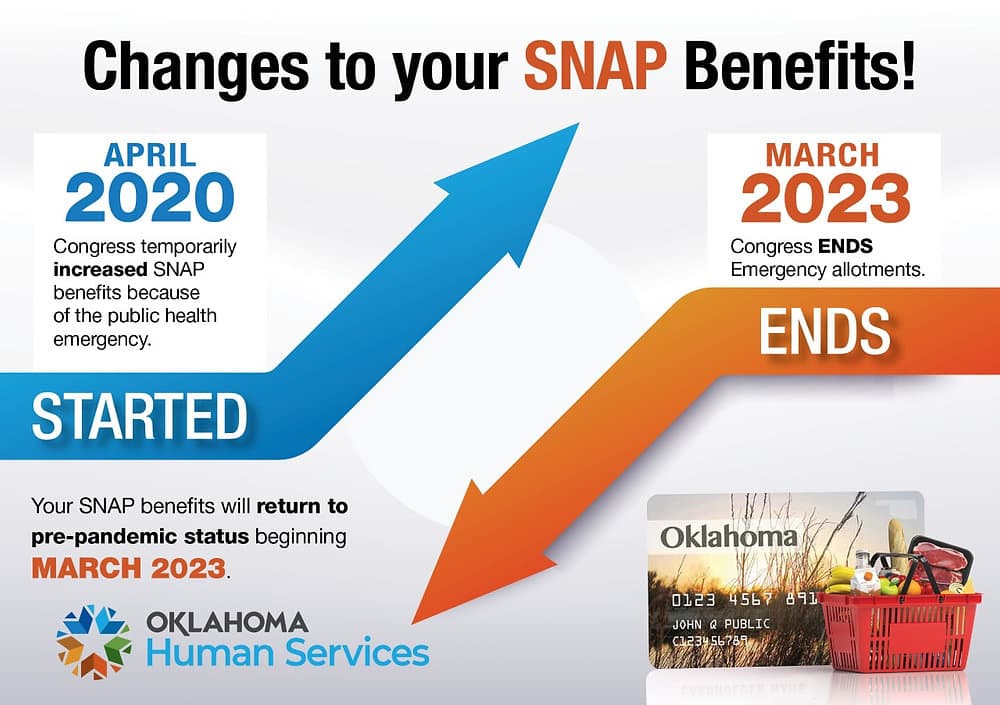Rico Residents Face Winter Access and Service Limitations
Rico’s remote location and limited local services mean residents and visitors must plan carefully for travel, supplies, and emergencies. The town’s reliance on volunteer fire protection and nearby larger towns for health care underscores ongoing policy questions about infrastructure, road maintenance, and county support.

Rico sits in the high San Juan Mountains and carries the character of its late nineteenth and early twentieth century mining past. That heritage shapes the townscape, but it also coexists with practical challenges that affect daily life and seasonal visitors. Access to Rico is primarily via Colorado Highway 145 from the Dolores and Dove Creek corridor and from the Telluride area to the north. In winter, conditions can make chains or four wheel drive necessary, so travelers should check road reports before setting out.
Local services in Rico are limited. The town maintains a small post office and a handful of commercial options. Groceries, fuel and lodging are available in restricted supply and often on a seasonal basis. Residents depend on larger nearby towns such as Telluride and Cortez for most health care and broader retail needs. That reliance affects response times for medical emergencies and complicates everyday logistics for households without robust transportation options.
Outdoor recreation is central to Rico’s local economy and lifestyle. Trailheads and backcountry access into the San Juan National Forest bring hikers, hunters during season, backcountry skiers and scenic drivers. Cell coverage can be spotty in these high country areas, so visitors are advised to bring physical maps for backcountry routes, carry bear aware food storage when camping and prepare for rapidly changing mountain weather. For permit requirements and trail closure information travelers should consult the San Juan National Forest and Dolores County official sites before visiting.
Institutionally, Rico’s safety net rests on local volunteer fire protection and county level services. That model works for many rural communities, but it raises policy questions about sustained funding, training and mutual aid arrangements during severe weather or multi incident emergencies. Road maintenance on Highway 145 and winter operations are critical to keeping the town connected, and decisions at the county and state level determine the reliability of those links.
For residents, these realities underscore the importance of civic engagement. Participation in county budget hearings, elections and volunteer recruitment influences how resources are allocated for roads public safety and forest management. For visitors, the practical takeaway is simple. Plan ahead, pack supplies and review official road and forest information before travel to ensure a safe visit to Rico.

